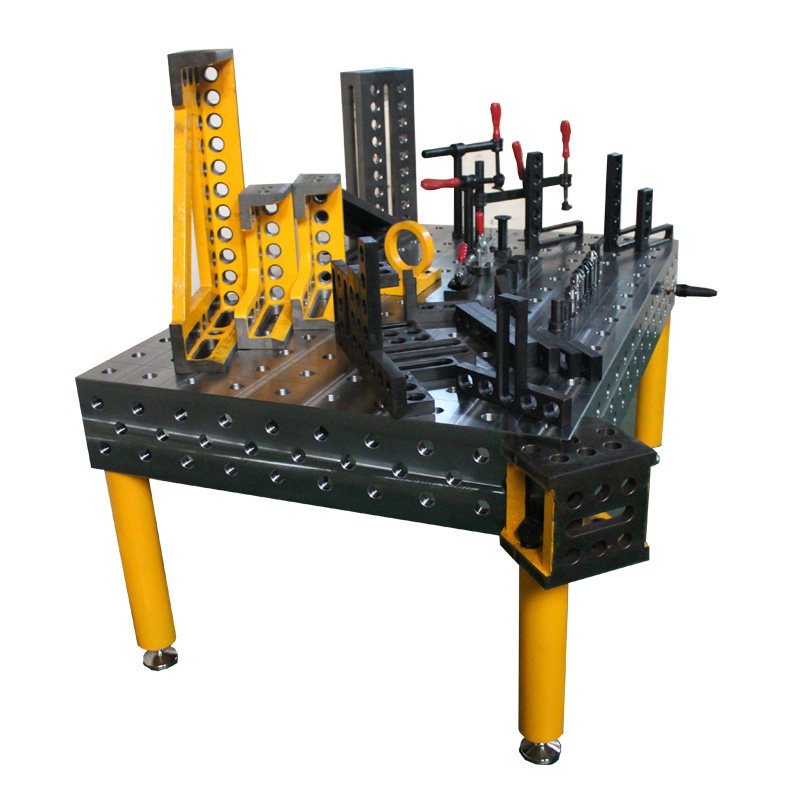5 Considerations When Choosing a Welding Table
Welders use high-temperature tools to melt and bond metals and thermoplastics to create joints and seams that connect various components, fittings, machinery, and other parts.
Welders use high-temperature tools to melt and bond metals and thermoplastics to create joints and seams that connect various components, fittings, machinery, and other parts. Because welding involves the use of extremely high temperatures, ordinary workbenches or tables cannot handle the strain and can be burned or destroyed by the process, creating a fire hazard and often an unsafe and unproductive environment.
To accommodate the heat of welding, welders use welding tables as work platforms to safely bond metals and thermoplastics.
In this article, we will cover the , and considerations when choosing a welding table.
Applications for welding tables
Welding tables are used for many tasks, including the preparation of components of larger projects, and the completion of smaller projects in their entirety. In addition to general welding functions, welding tables are also used for squaring counters before welding them together, mounting components and pieces for a secure hold, bending jigs, grounding, measuring, and much more.

D16 Welding Table
Placing the welding table
Welding tables should be placed in a well-ventilated area of the facility, preferably away from other personnel, to prevent accidental exposure to toxic fumes and gases. Your facility may need to add additional ventilation to get the gases out of the general work area and to help prevent hazardous situations from occurring or to prevent injuries to personnel.
5 Considerations when selecting a welding table
Before you settle on a welding table and make your final purchase, there are some key factors you need to consider. Whatever your unique needs and preferences are, knowing what you need before you start shopping will help you narrow down your choices and make the right one.
1. Aspects
Not all welding projects require the use of a 6-foot table, and many welders working on smaller components find that a smaller table, approximately 2 feet in length, is more than adequate in terms of space. To determine how large or small your welding table should be, consider the nature of your work and the limitations of your facility.
If you are working on large projects, you will need a larger table, but it still needs to fit comfortably into your facility with enough space around it to prevent creating a fire hazard.

D28 Welding Table
2. Clamps
Built-in clamps are a common feature of larger welding tables and help hold larger workpieces and heavier objects for welding. Smaller tables without built-in clamps can be used with removable clamps, although these may not be able to withstand the same weight or pressure as built-in clamps.
3. Portability
If you can provide a portable home for your welding table and will use it every day to complete tasks, a larger table may be your best option, although this will limit its portability. Thankfully, even large welding tables can be equipped with locking casters to help transport them easily throughout the facility. If you need to move your welding table around regularly, a smaller option with removable or adjustable legs may be your best bet.
4. Materials
Raw steel is the standard choice for welding tables, so don't compromise in this category. Other materials don't work as well and may discolor, warp or may degrade quickly, so stick with steel to ensure you get the best quality.
5. Additional Accessories
Need extra storage space? Want to add special features for your particular job? Make sure any welding table you choose comes from a source willing to customize your purchase to meet your unique needs.
